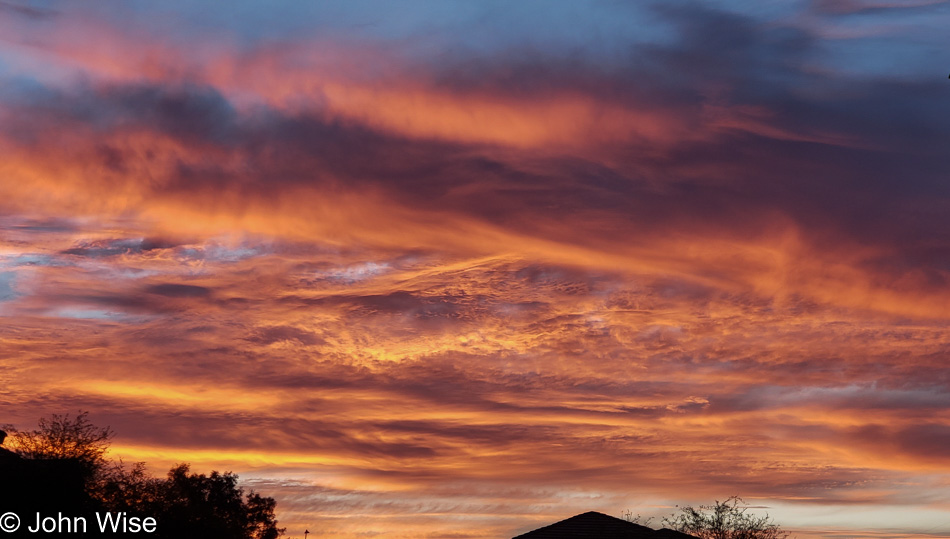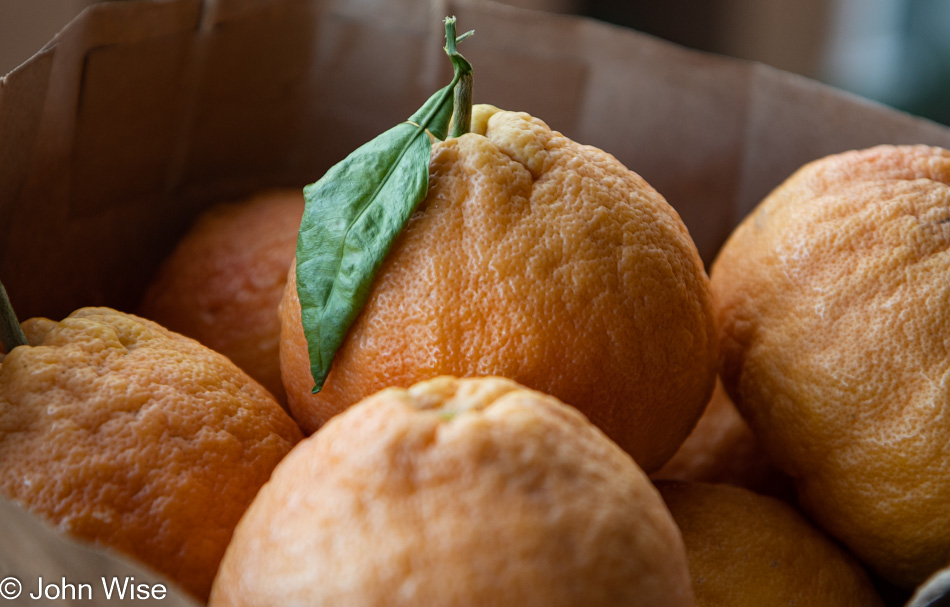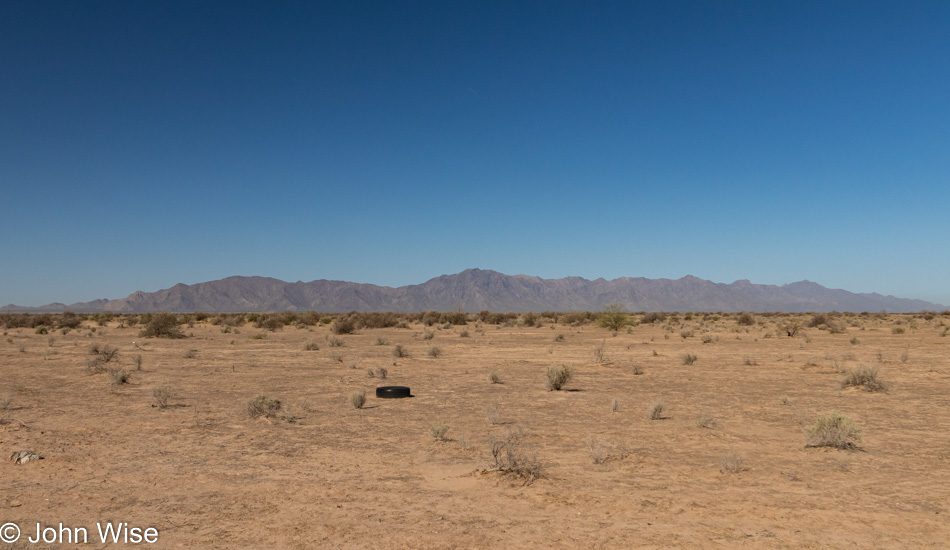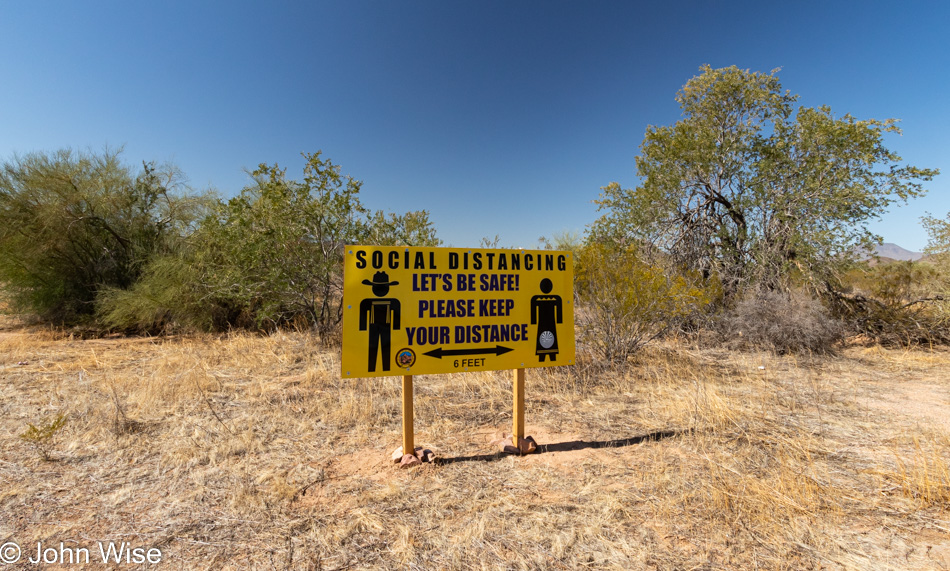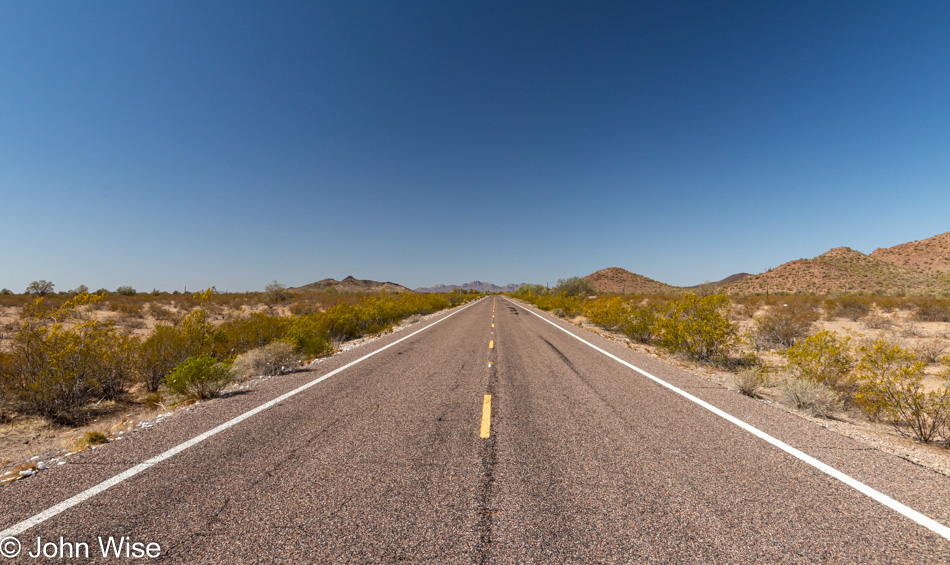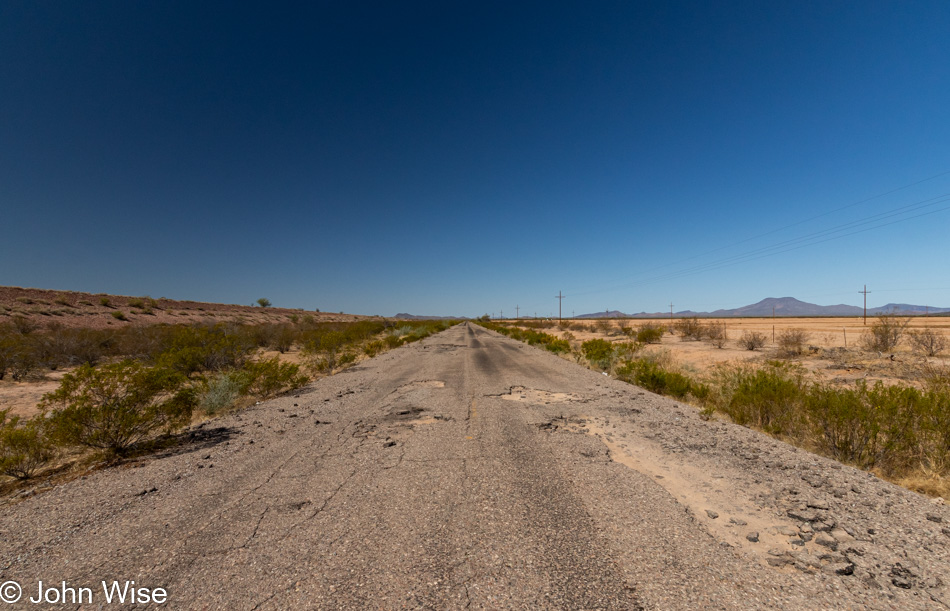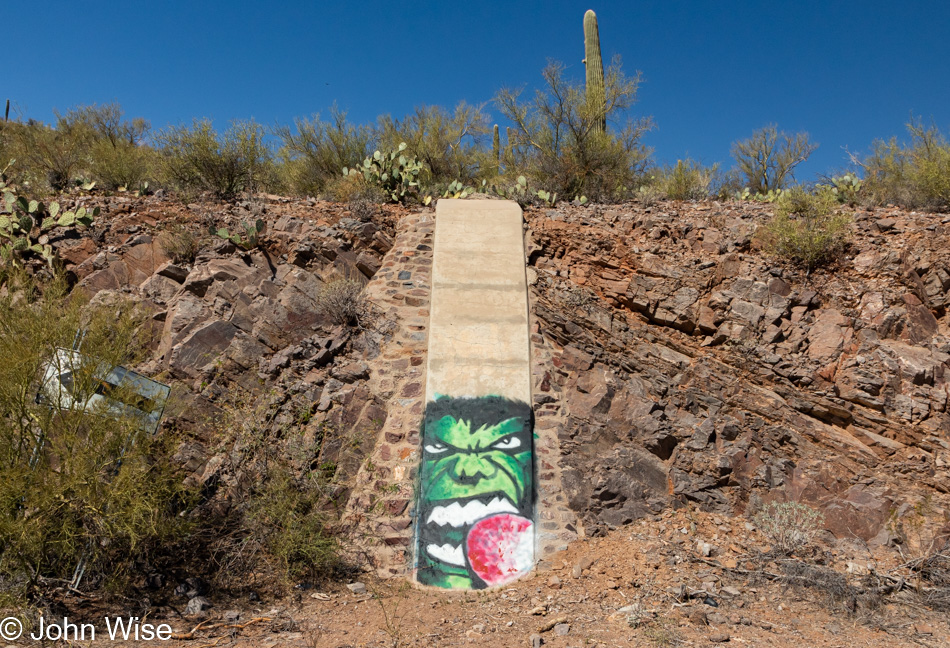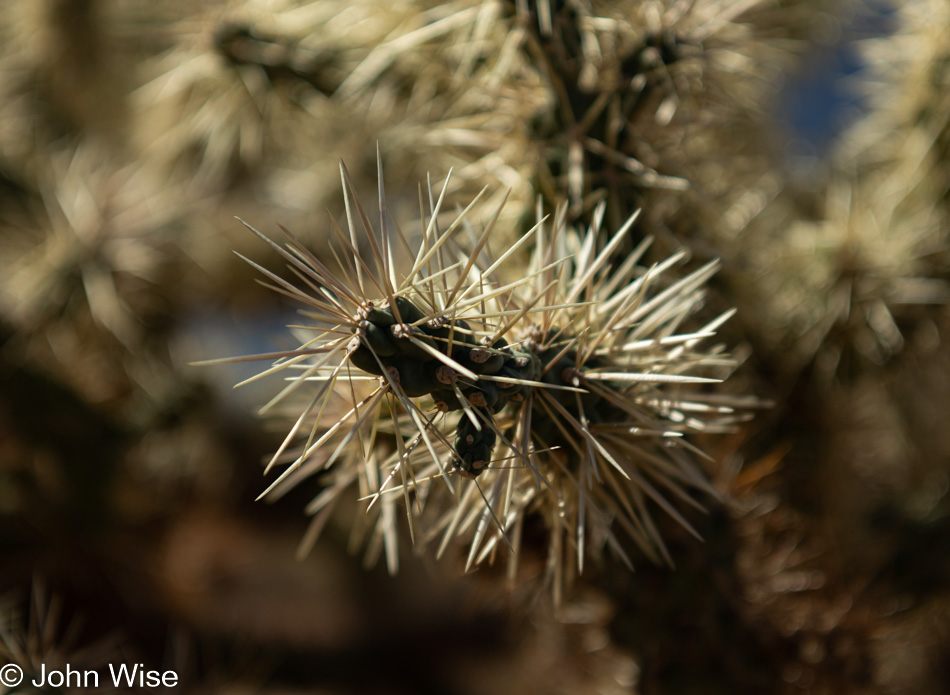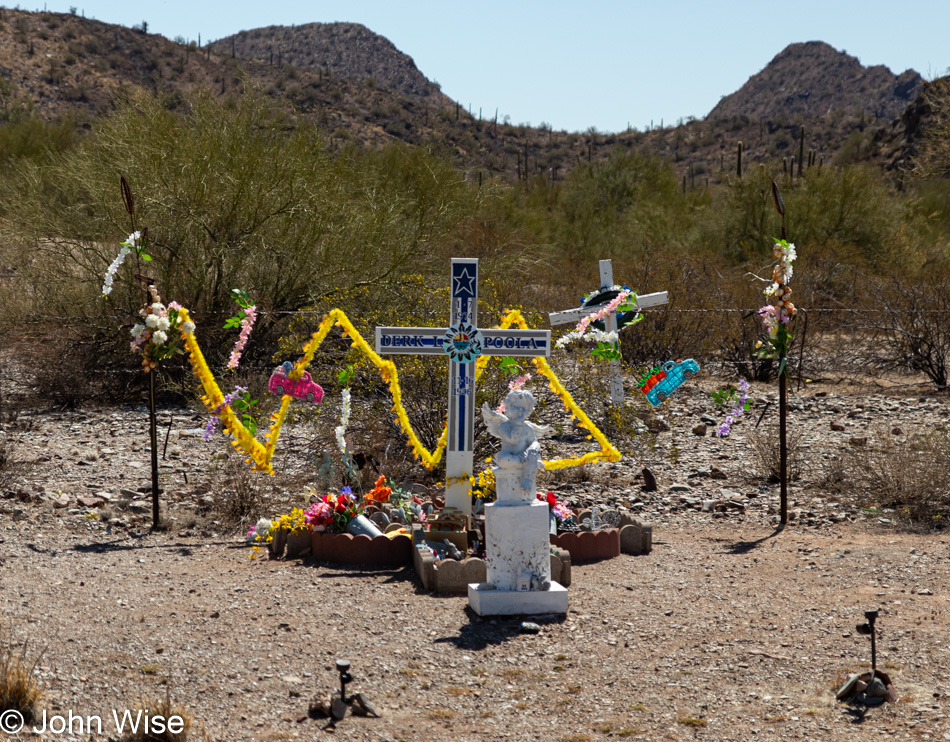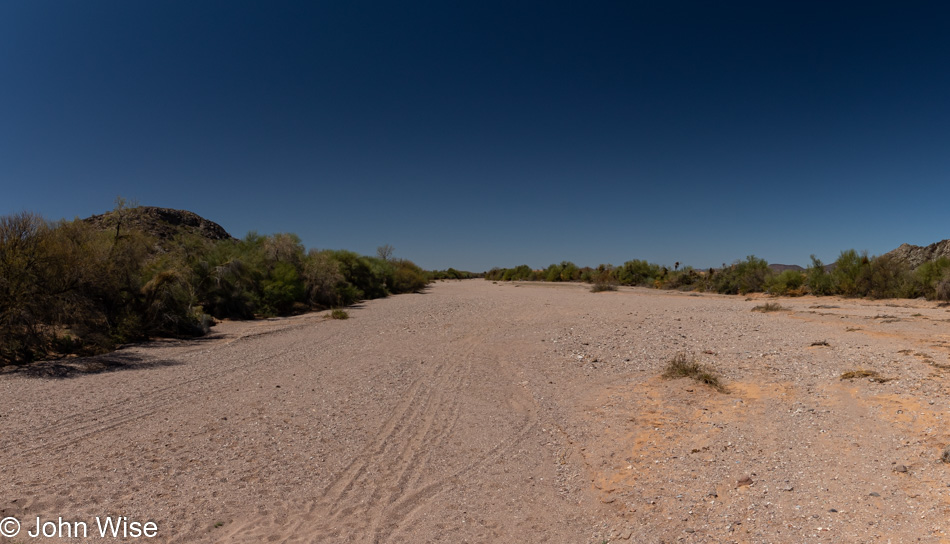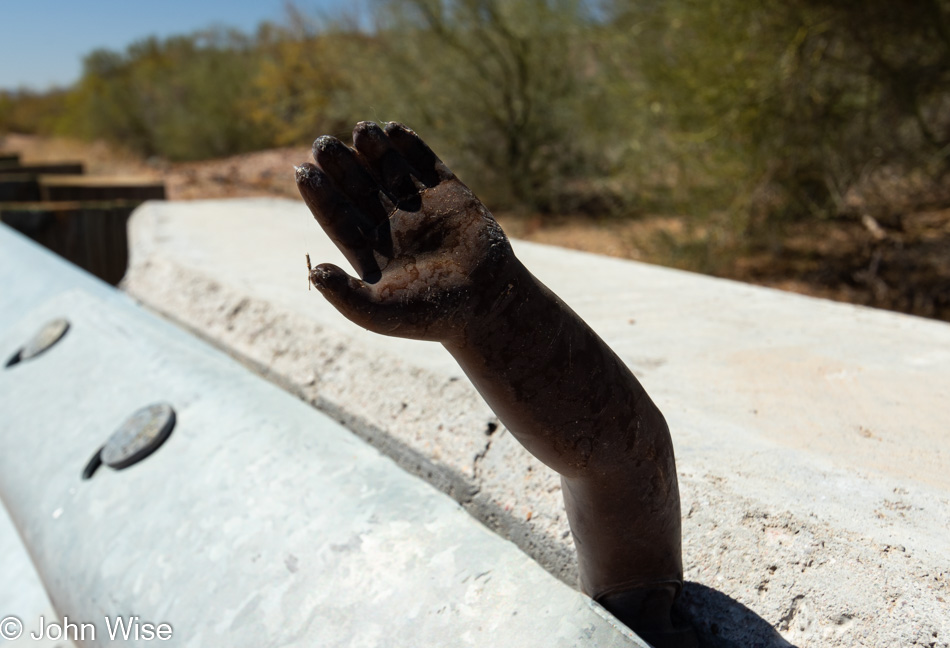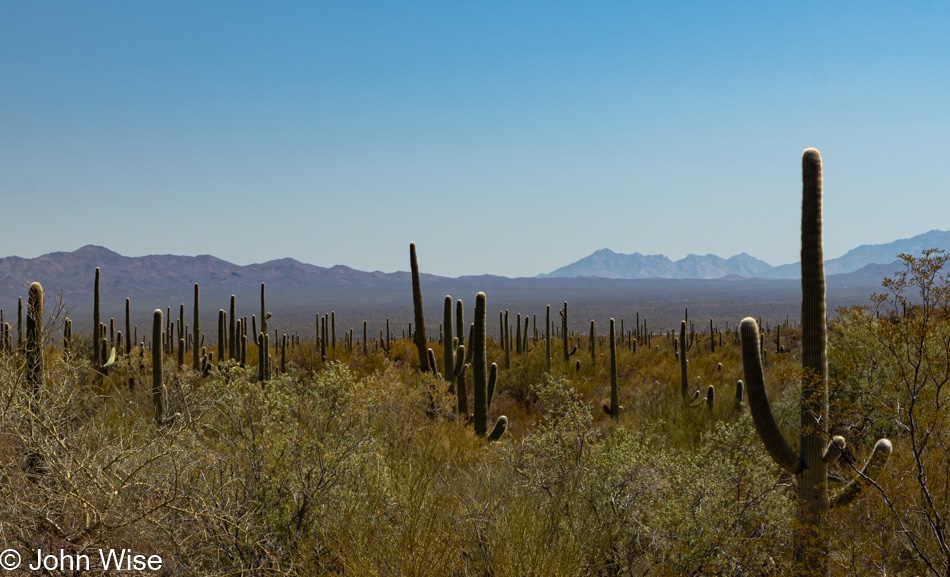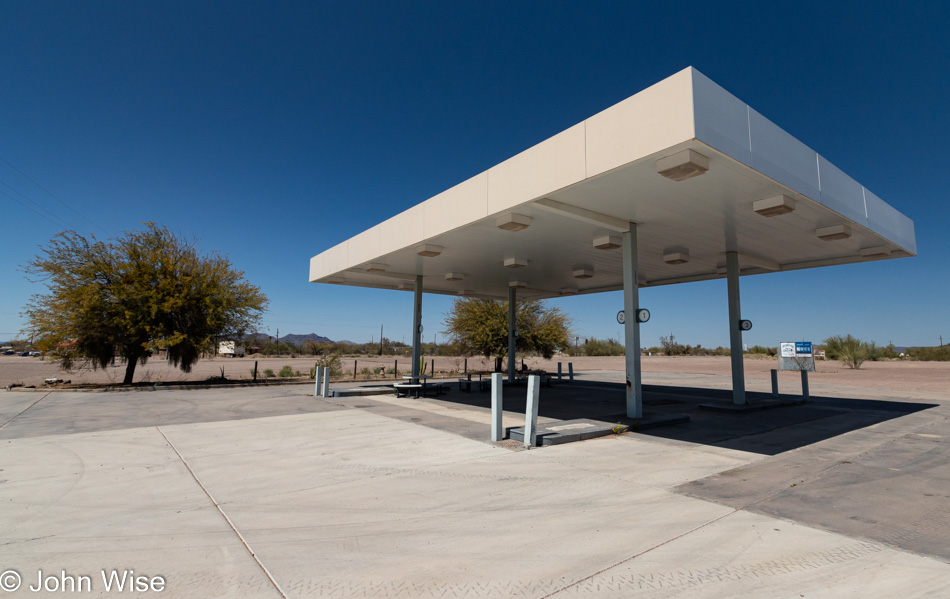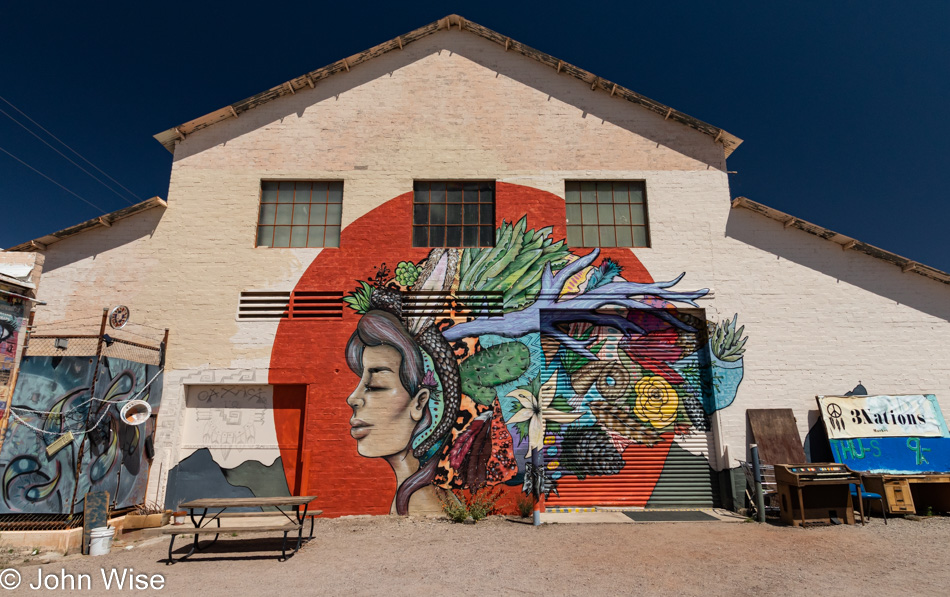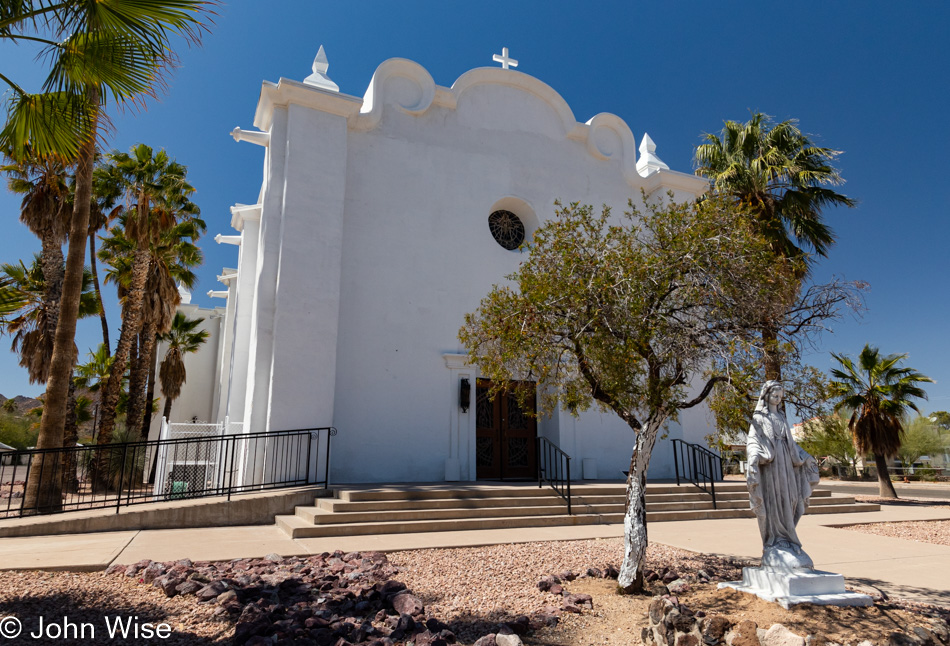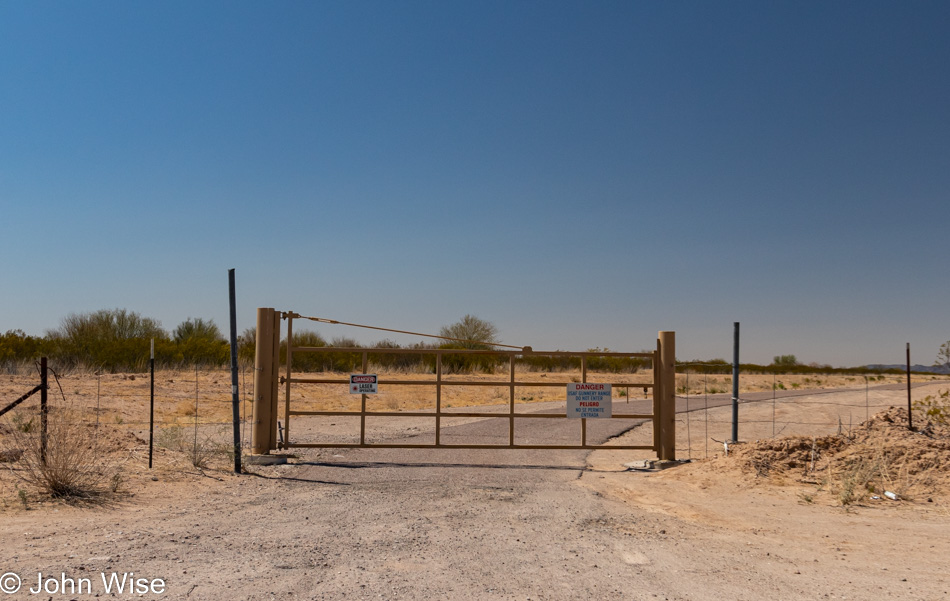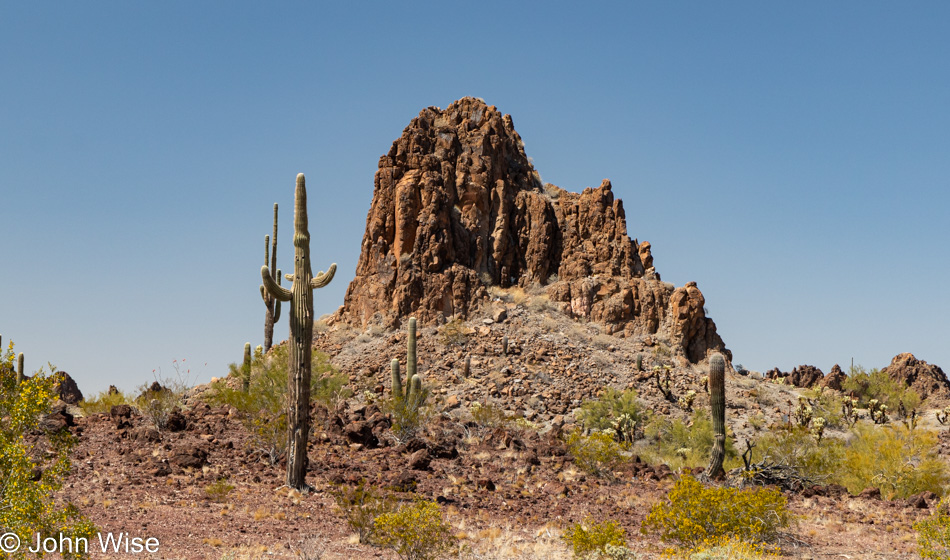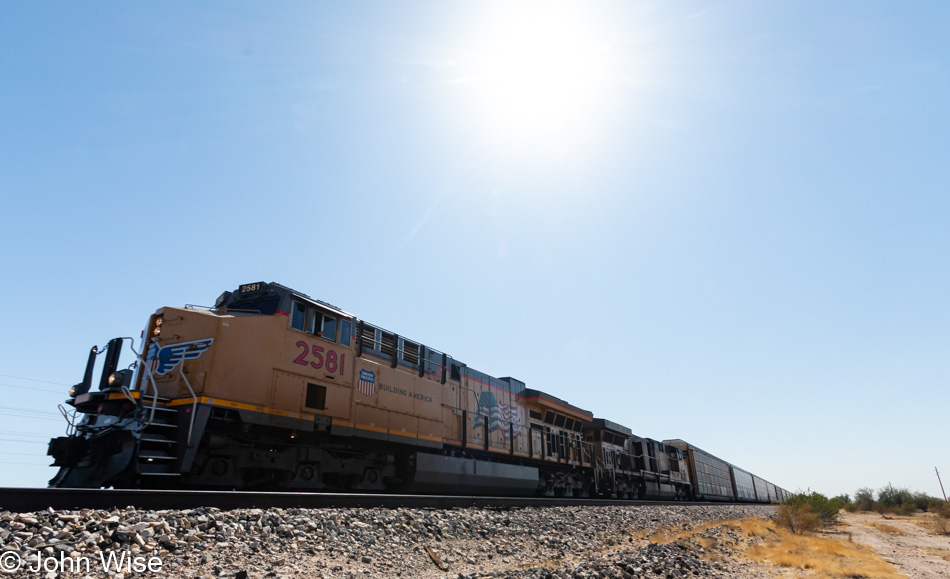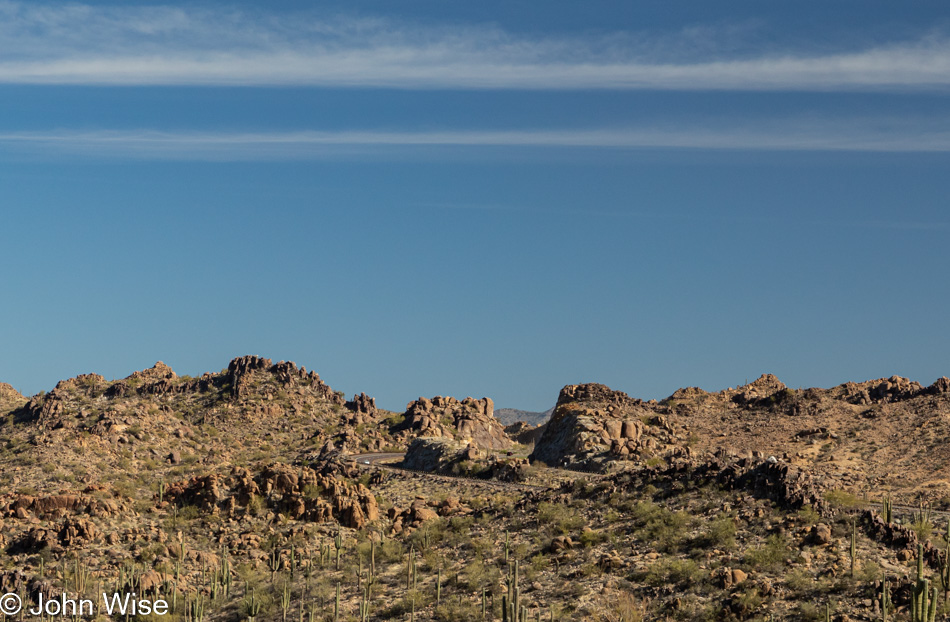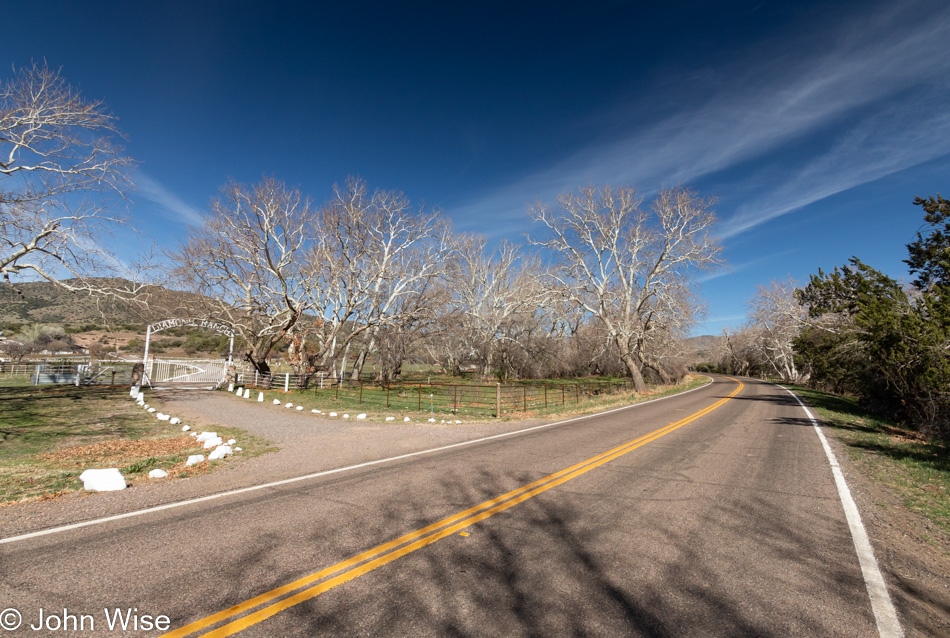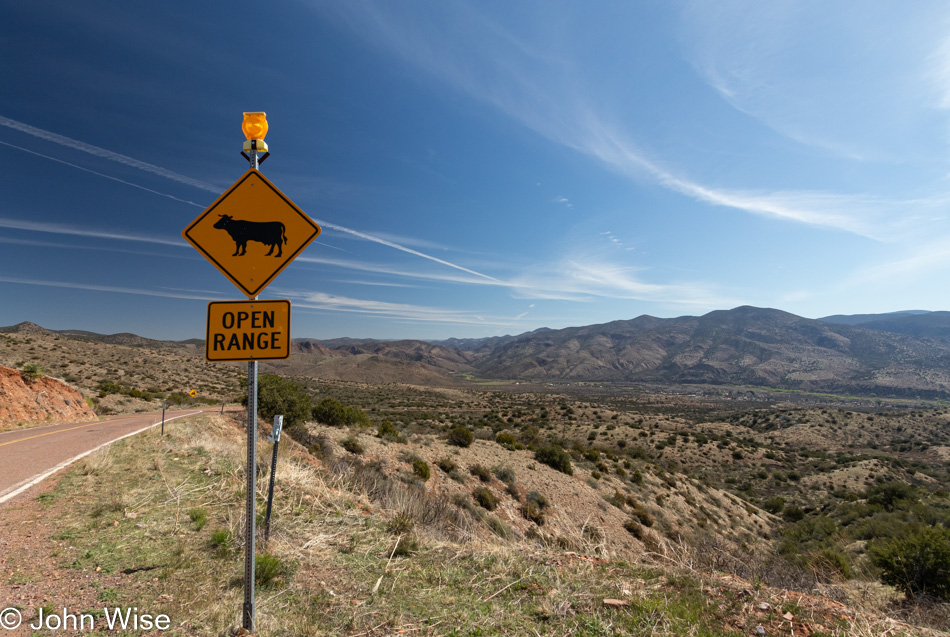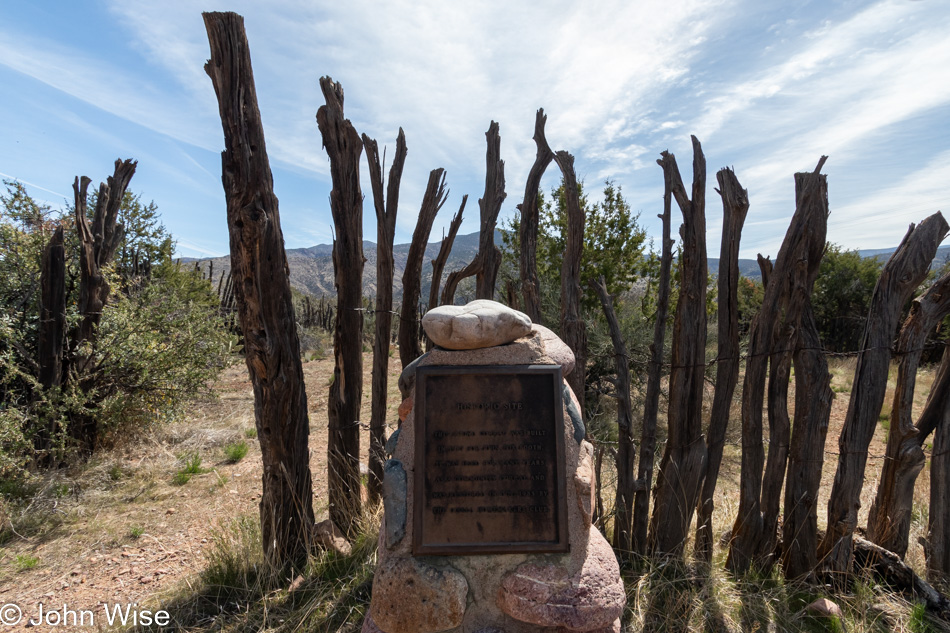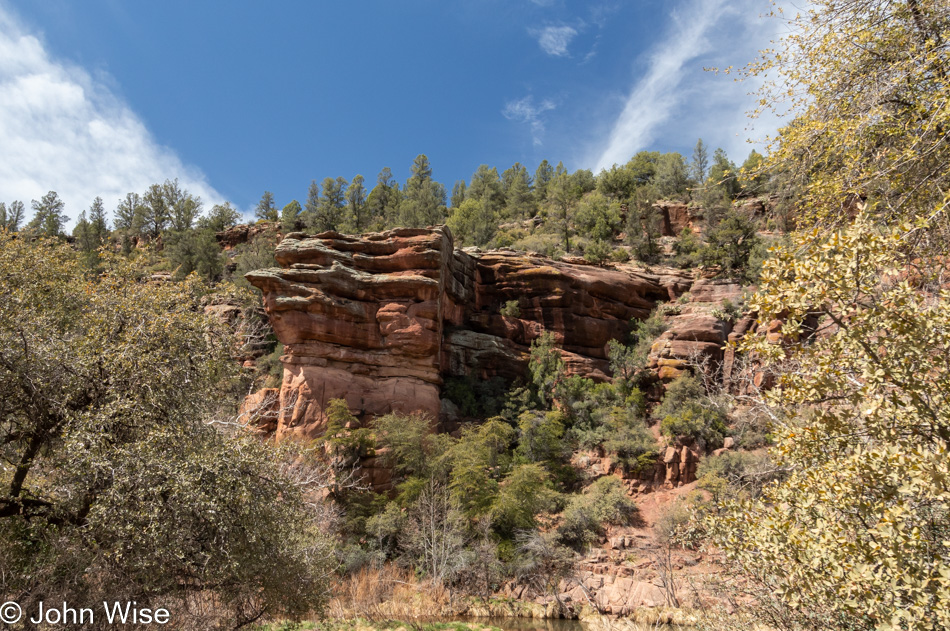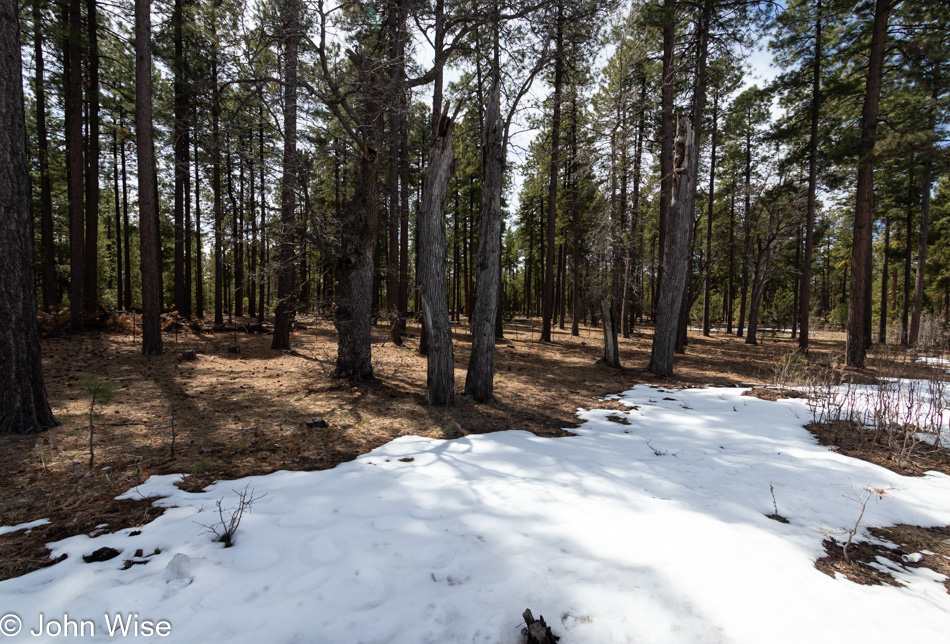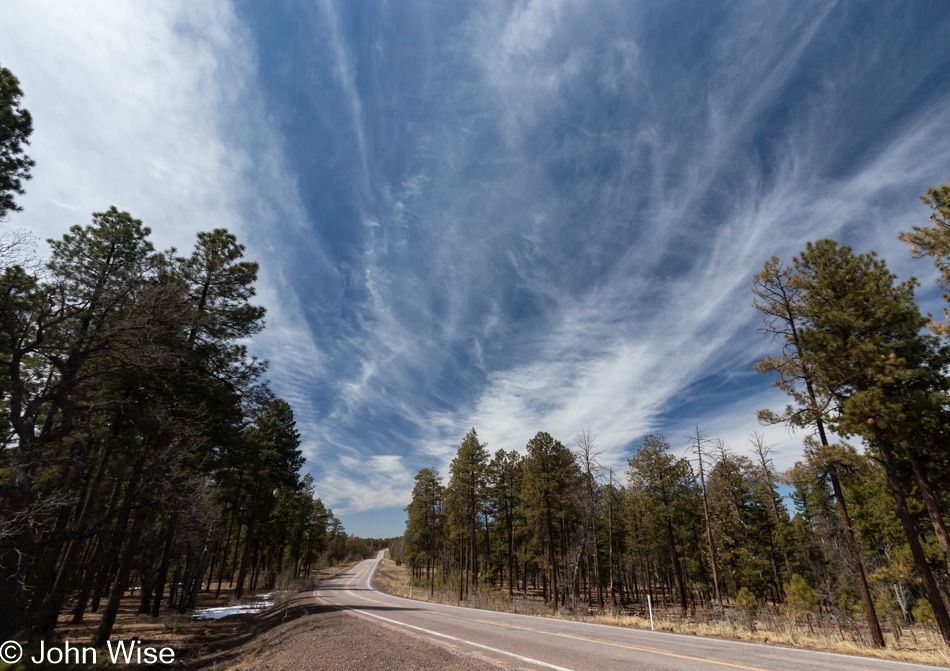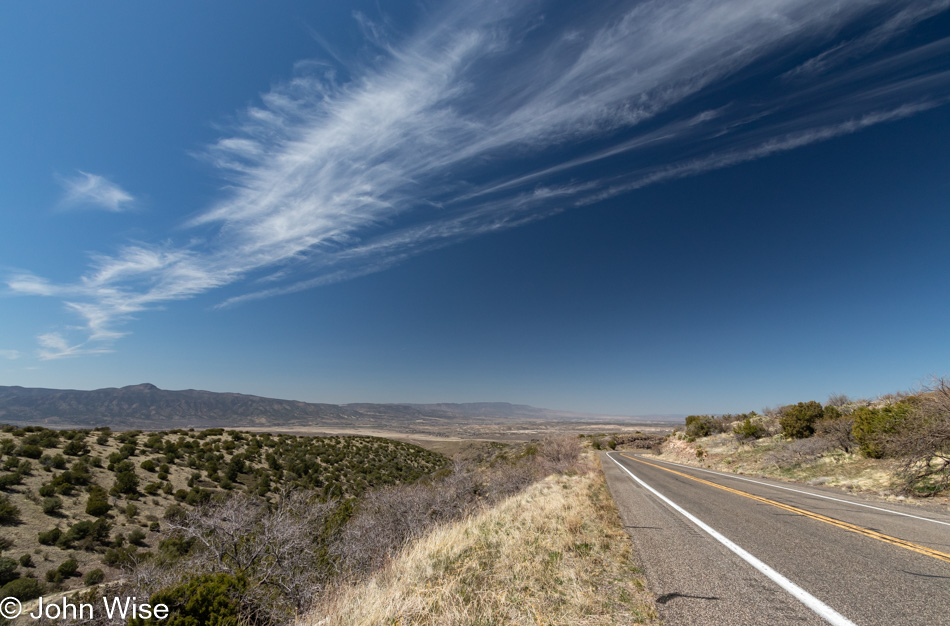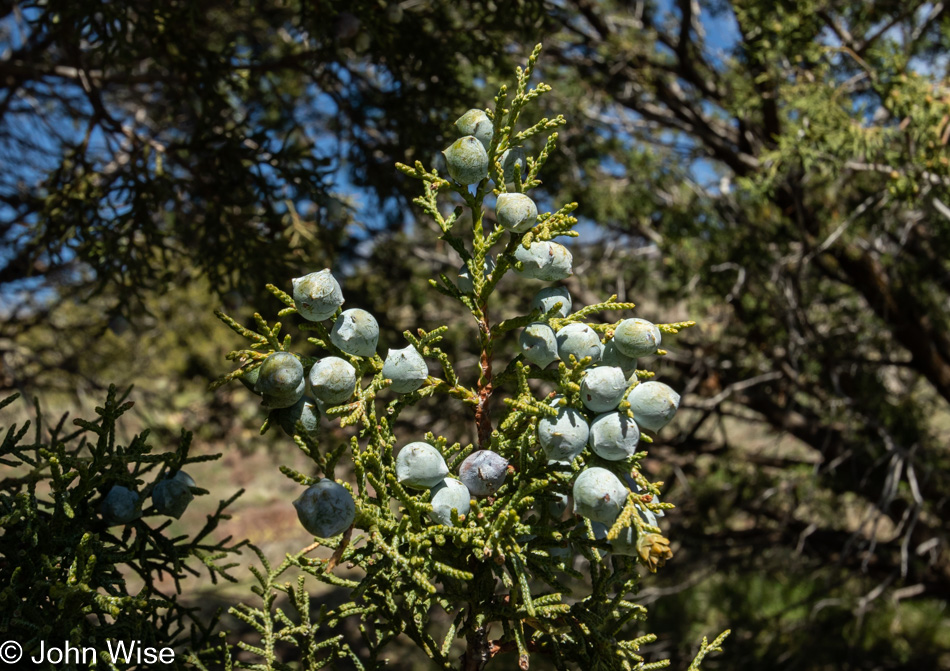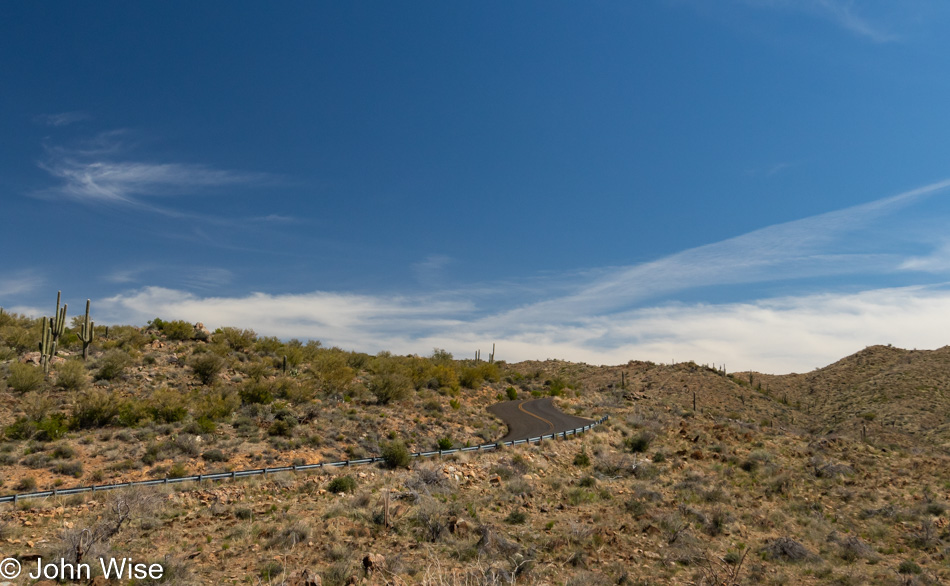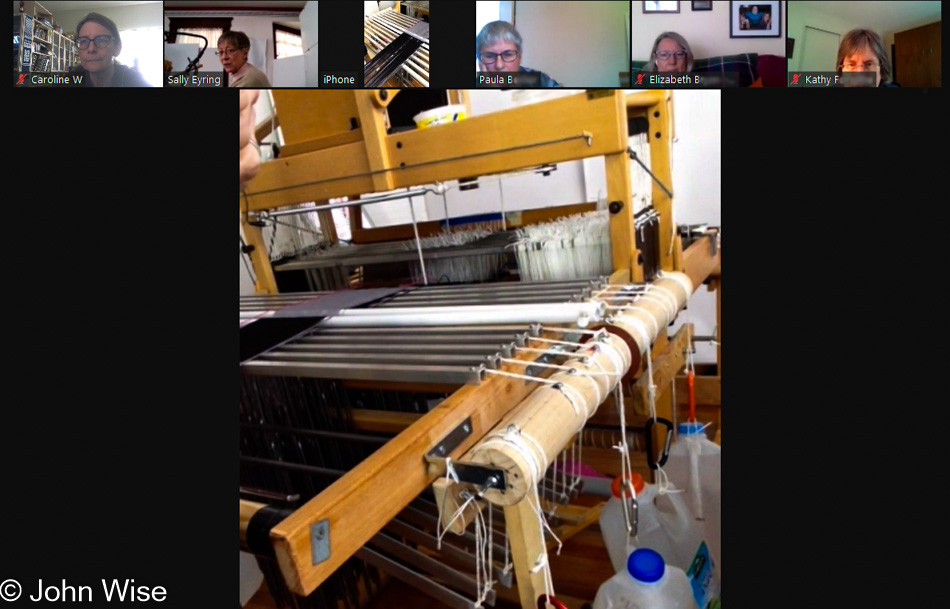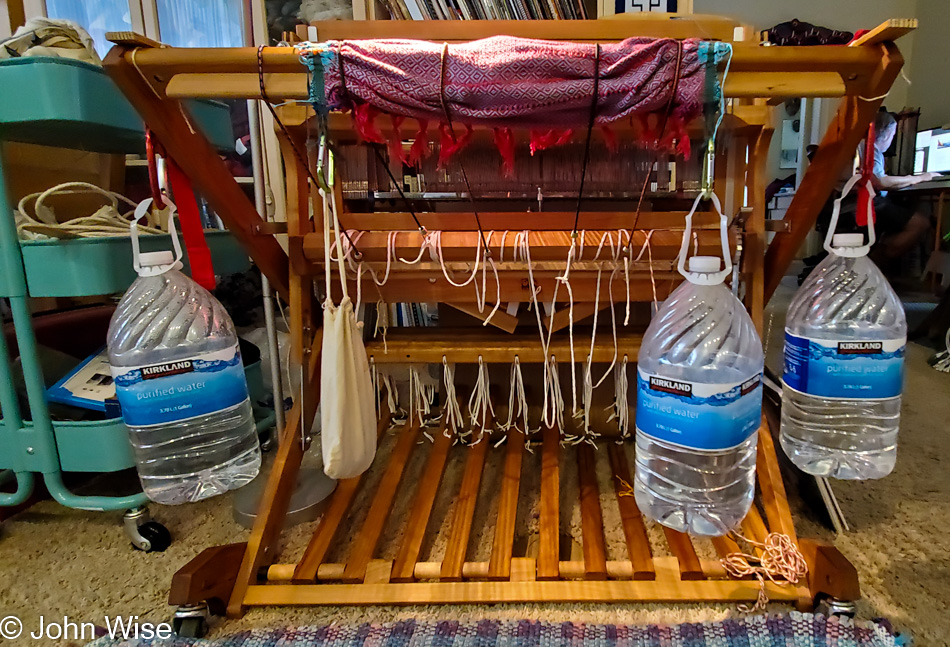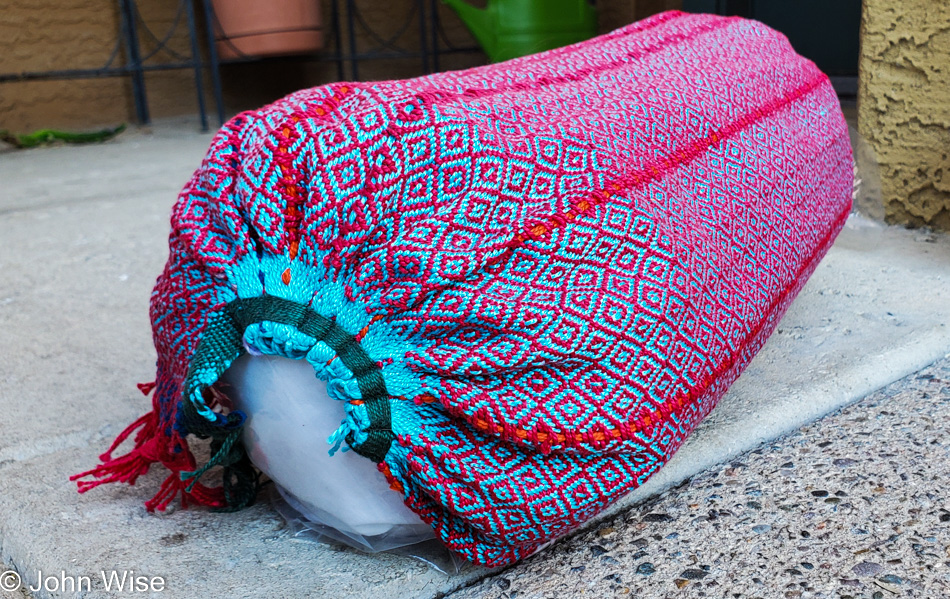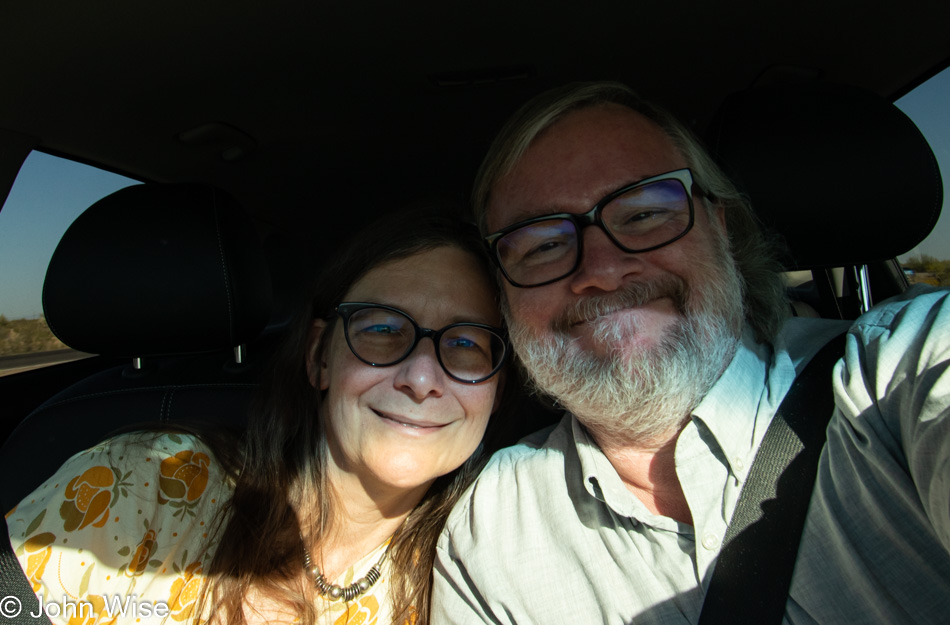
Woke just before 5:00 a.m. without the assistance of an alarm and got to preparing a hot breakfast prior to a short walk. After a stop for a latte to go, we are heading south in the direction of Tucson. Our destination is Saguaro National Park. Along the way, we return to one of our favorite pastimes, reading out loud. Caroline is closing in on finishing The Greedy Queen: Eating with Victoria by Annie Gray, which is taking an inordinate amount of time due to us not being in the car all that often.
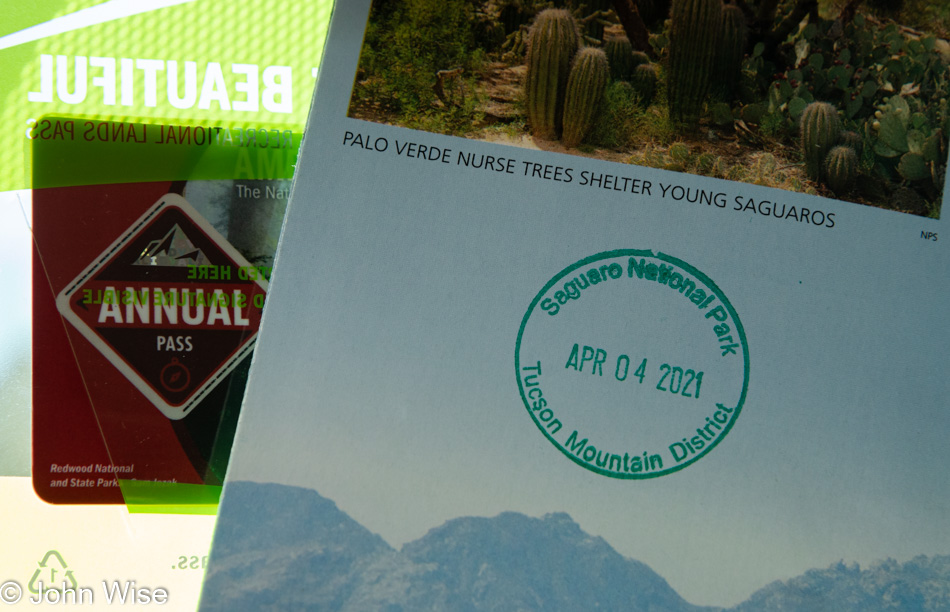
The particular reason for this day out on the road is that it’s my birthday. Not only are we traveling, but Caroline baked me a cake; well, bread to be more specific although a dessert bread for sure. What kind is it, you ask? Almond, dried apricot, and orange, a yummy favorite of ours from the Moosewood Cookbook.
We were supposed to be heading into New Mexico back on Friday, but after weeks of dithering about where exactly we’d end up, I lost the enthusiasm to pick a place. So, at the last minute, as just this past Friday, we decided to drive to Saguaro National Park.
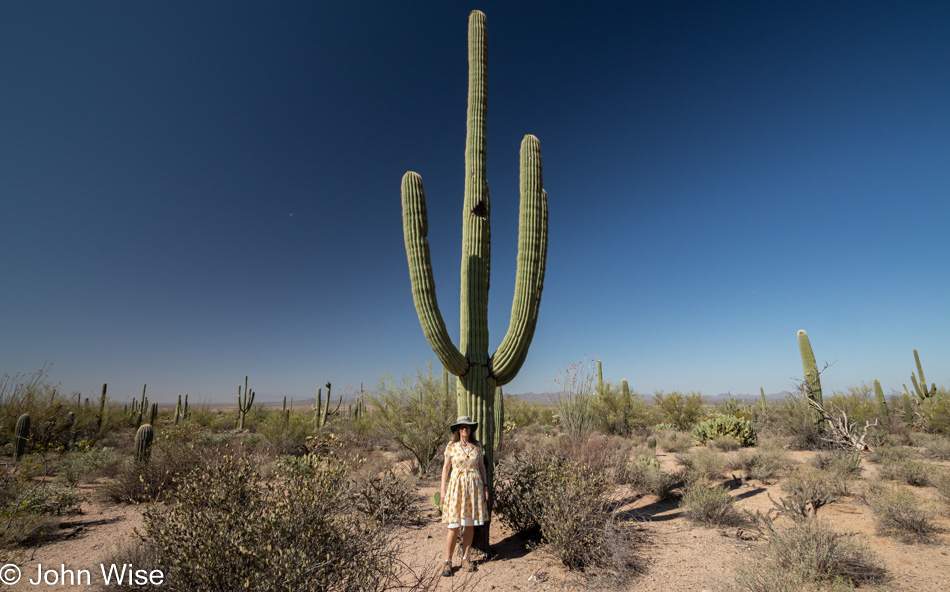
It’s been years since we stopped at the closest national park to the place we call home, though we’ve been meaning to do this for years so Caroline could collect a Junior Ranger badge from here. Today is the day. And it was also the day we forgot our park pass so instead of paying the entry fee, we just went ahead and bought another yearly pass, knowing that the money goes to one of our favorite causes, the preservation of America’s beautiful wildlands.
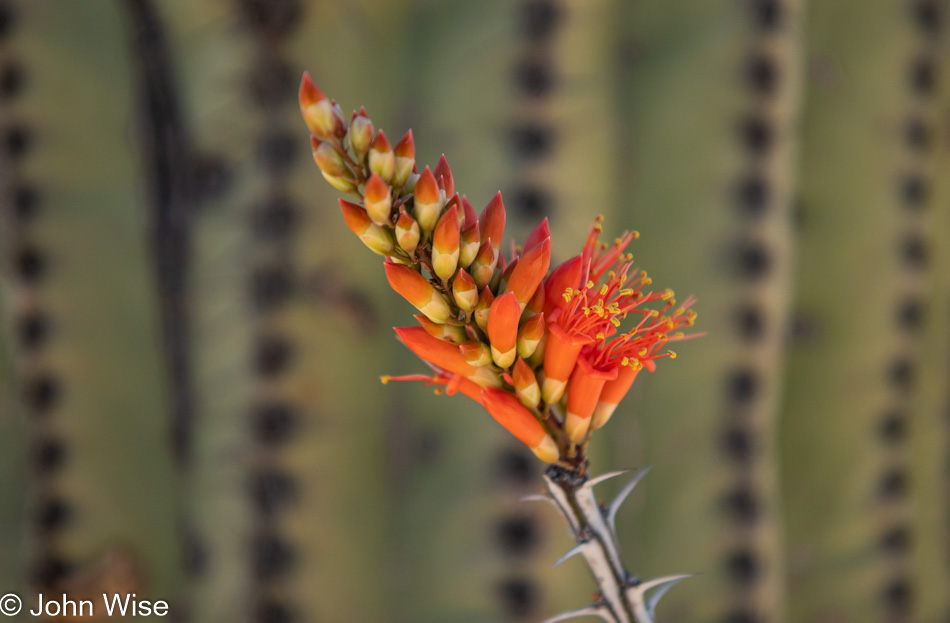
After checking in at the visitors center and confirming that someone would be able to accept her workbook we printed at home, we took off for a loop drive down a dirt road so my wife could gather the depth of knowledge about this park that might qualify her as Senior Junior Ranger Woman.
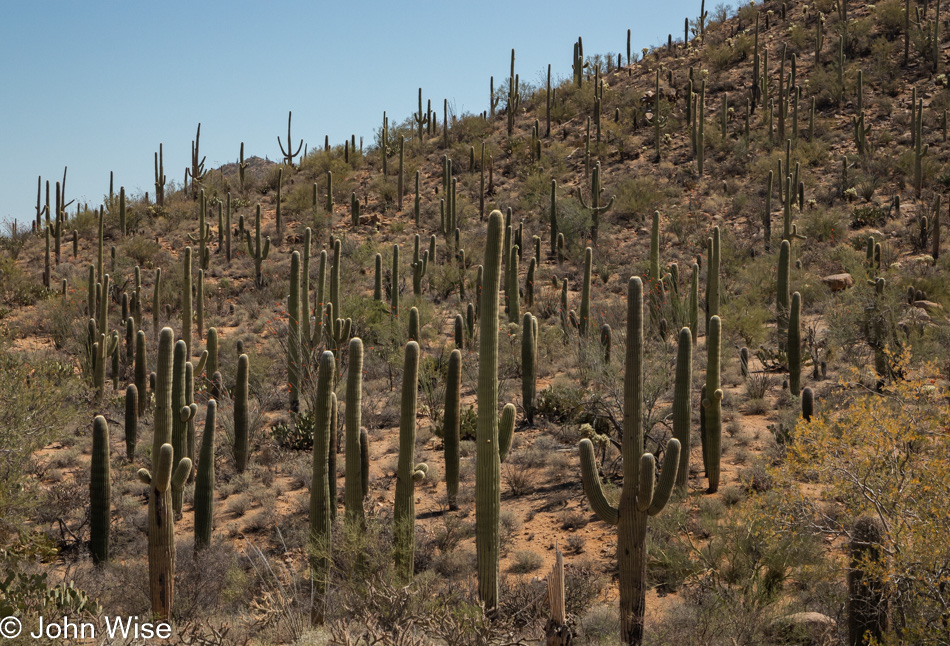
We intended to take two short walks from the road, but at the first small pullout, seven other cars were parked with absolutely nowhere else to park nearby, so we continued our slow eight mph crawl up the road. We didn’t drive that slow due to the poor conditions of the road, nor did we drive that slow to piss off the people coming up behind us on this narrow path; we drove this slow because under 12mph in our Kia Niro, we are only using electricity and with the windows open the quiet is more befitting the environment.
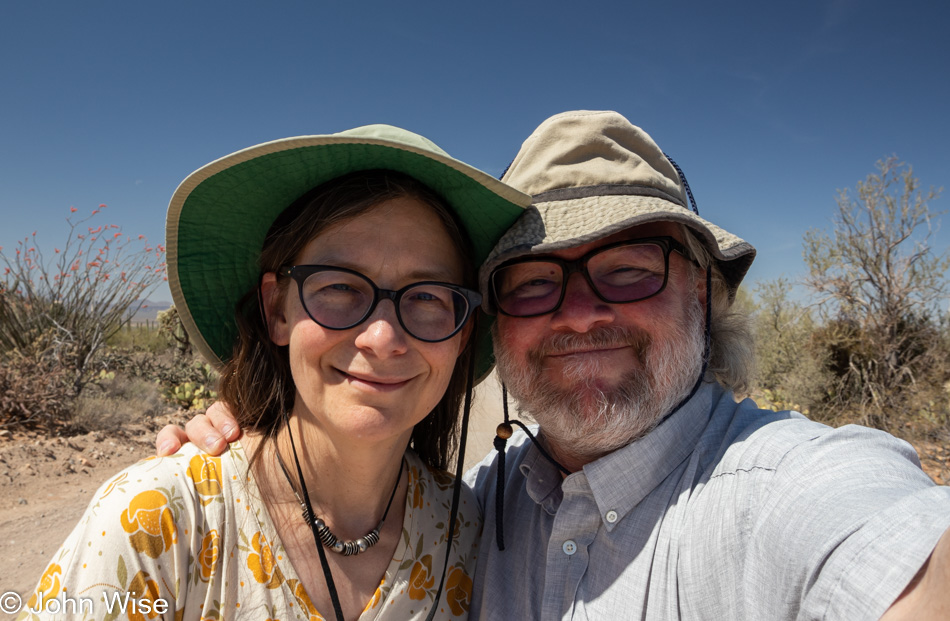
I took five shots to get this one reasonable image, but what’s missing is the grand vista stretching for miles with a million cacti between us and the mountains in the distance. This could have been remedied by switching to my 10-22mm wide-angle lens, but I should know better than switching lenses on a dusty road. By the way, how do you like how I coordinated the color of my shirt with the color of my beard?
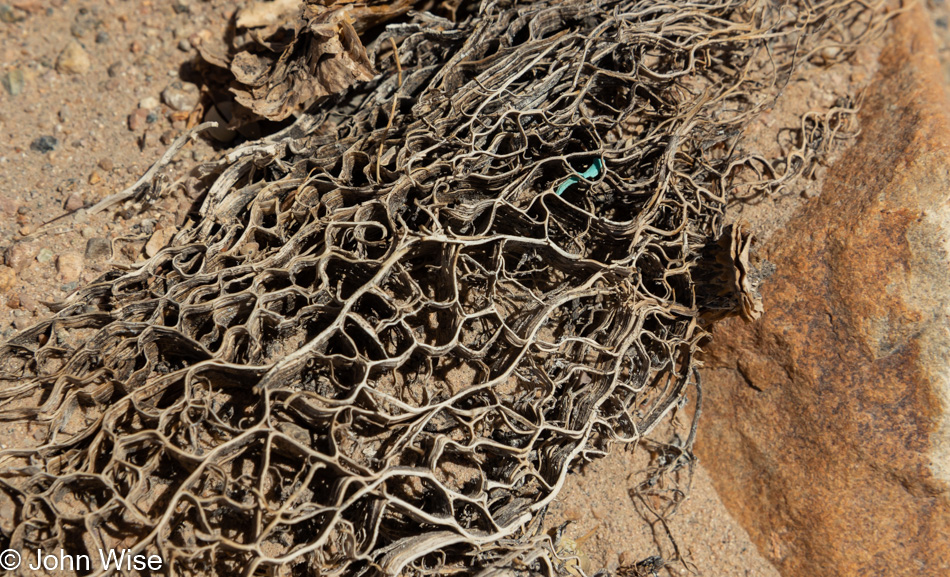
We don’t know which plant this skeleton is from, though it’s obviously not from one of the nearby saguaros but we thought it beautiful enough that it was worthy of snapping an image of. Maybe this will be the photo that propels me virally into social media fame, though that would mean I have to throw it up on Instagram, and well, I’m just about too lazy to even try that.

Truth in advertising admission, I’m standing behind Caroline, holding her purse while she goes ahead so I can snag a more “natural” image of her ascending the stairs on this short trail to view some petroglyphs. You might think that it’s no big deal that I’m holding a purse, but do some math regarding today’s birthday, and you’ll see I was born in 1963, and I obviously do not have the DNA to be comfortable holding a purse. As soon as I get the photo I want, I will yell at her to rush back to fetch her purse so I can maintain my illusion of what it means to be a man.
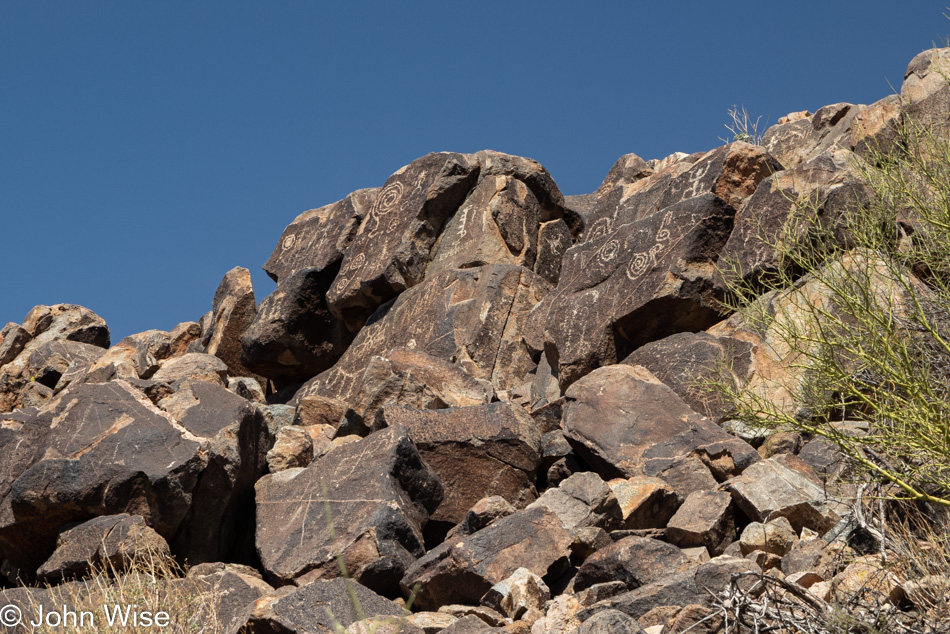
There were more approachable petroglyphs at the top of Signal Hill, but this abundance from below was more appealing to me, so here they are.
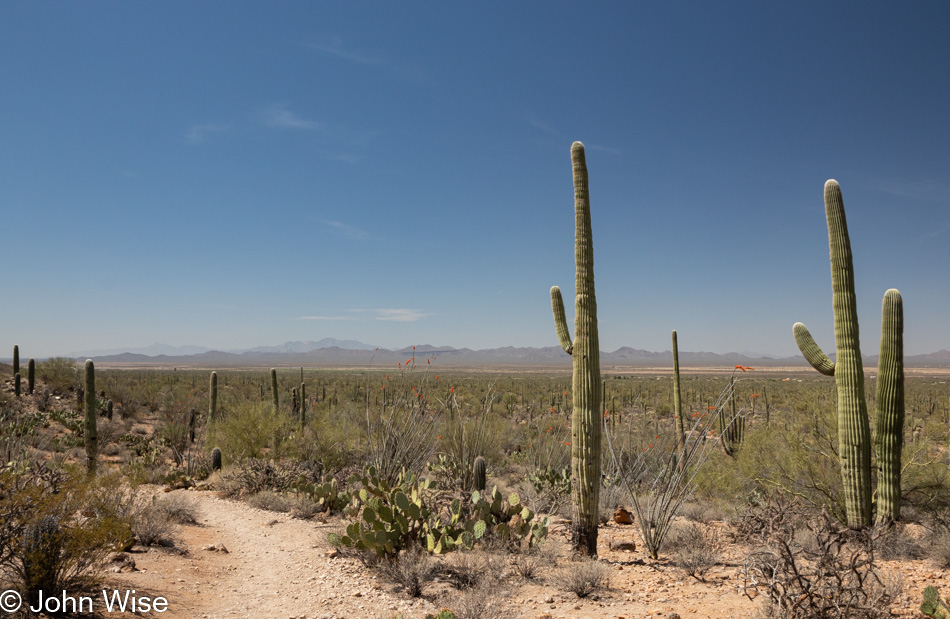
I can’t help but wonder if Phoenix and Tucson once looked like this. Meaning a wide-open desert covered with cacti of a number of types but especially saguaro. These sentinels of the Southwest have been known to stand for up to 300 years with one particular now dead specimen having reached a height of over 40 feet with 52 arms. Evolution works by bringing ecosystems into harmony, and so I tend to believe that there’s likely a very good reason why these cacti have these characteristics, and while they are protected today, that doesn’t diminish that we’ve cleaned millions of them off lands where we built houses.
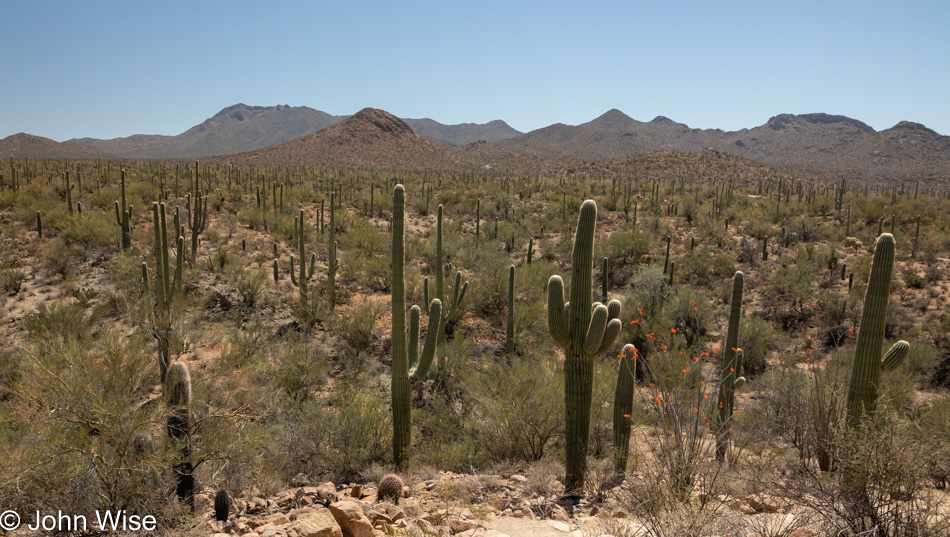
Sure, it’s great that we at least have pockets of them on lands forbidden to be developed, but what have we lost in our efforts to replace nature with concrete, cinderblocks, and asphalt?
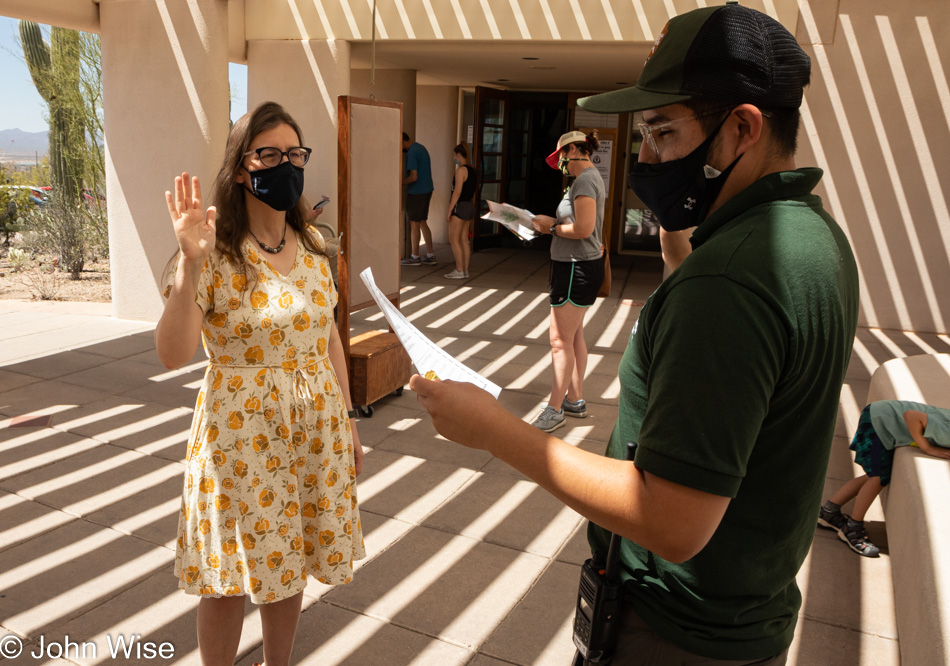
Poems, puzzles, drawings, and questions across ten pages are now complete and Caroline is being sworn in yet again and awarded a Junior Ranger badge, quite the honor.
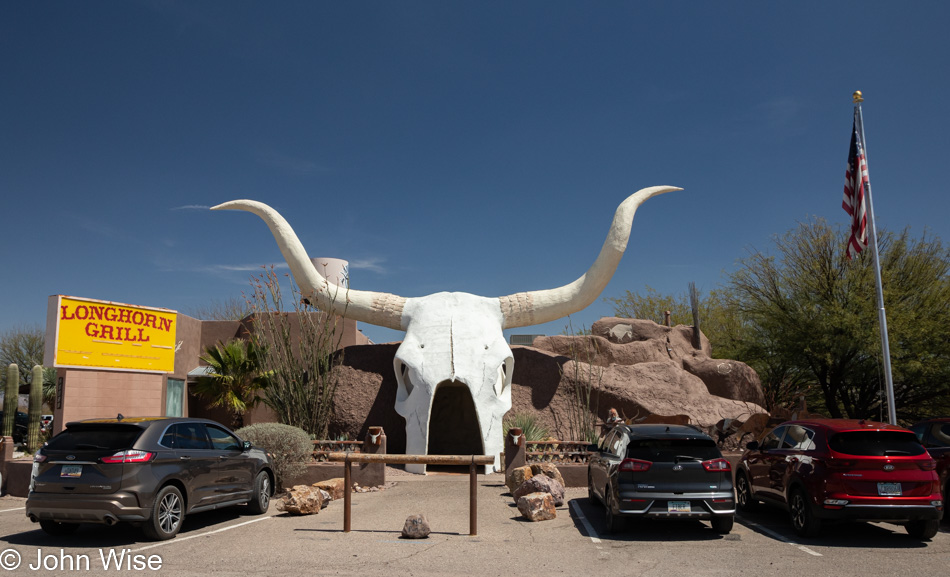
For 20 years, we’ve meant to stop in here at the Longhorn Grill so we can claim our bragging rights to having eaten under the world’s largest fossilized steer skull ever found, and now, here on my 58th birthday, which is also the same day Caroline has earned her dozenth Junior Ranger badge, we’ve finally done it. Was it worth it? That depends. Was the food amazing? No way, but we didn’t expect it to be, considering it’s midway between Tucson and Mexico, meaning it’s in a relatively impoverished area of the state, and there isn’t anyone passing through these parts looking for gourmet food. Can I recommend it? Absolutely, because these cherished icons sitting roadside across America won’t be there forever, and often, you meet some amazing fellow travelers who contribute to making our days memorable.
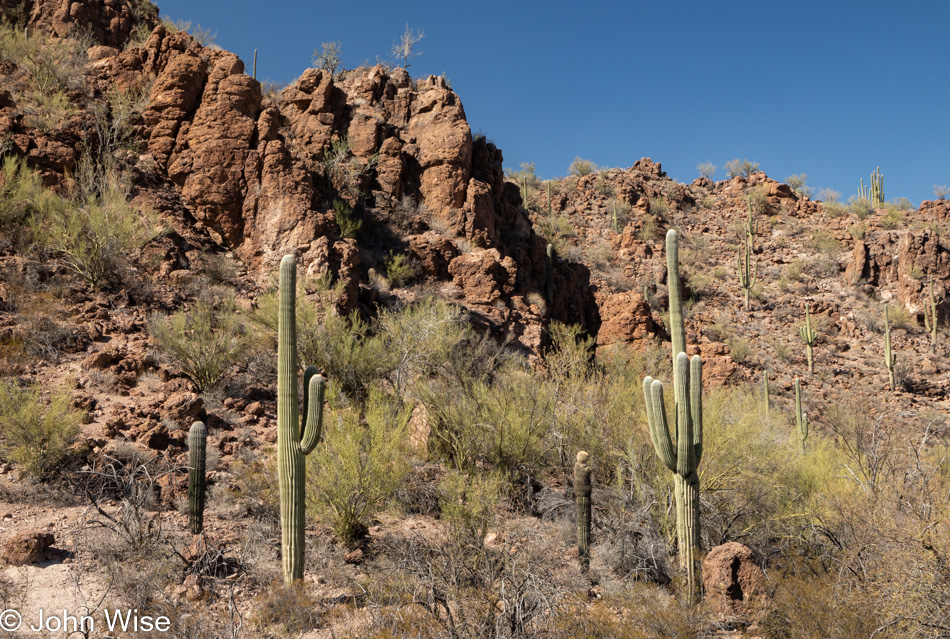
Earlier, as we drove south out of the national park, I noticed on the GPS a northern section of this western branch of Saguaro that had a road passing through called Picture Rocks Road that we’d never been on. Seeing it had been so many years between visits, there’s the chance we may never pass through this area again, so I figured we should take the detour and check it out, just in case.
We arrived back in Phoenix before 5:30 p.m., which was a lot earlier than I thought we’d be home, but I don’t feel like we diminished our experience of being out for a Sunday drive on Easter during my birthday. As a matter of fact, I’d say this was a gloriously beautiful day that once again presses on my mind to come up with the superlatives that might convey a hint of how perfect this was for Caroline and me, but I guess the old saying, “You had to be there,” rings true and will have to suffice.
